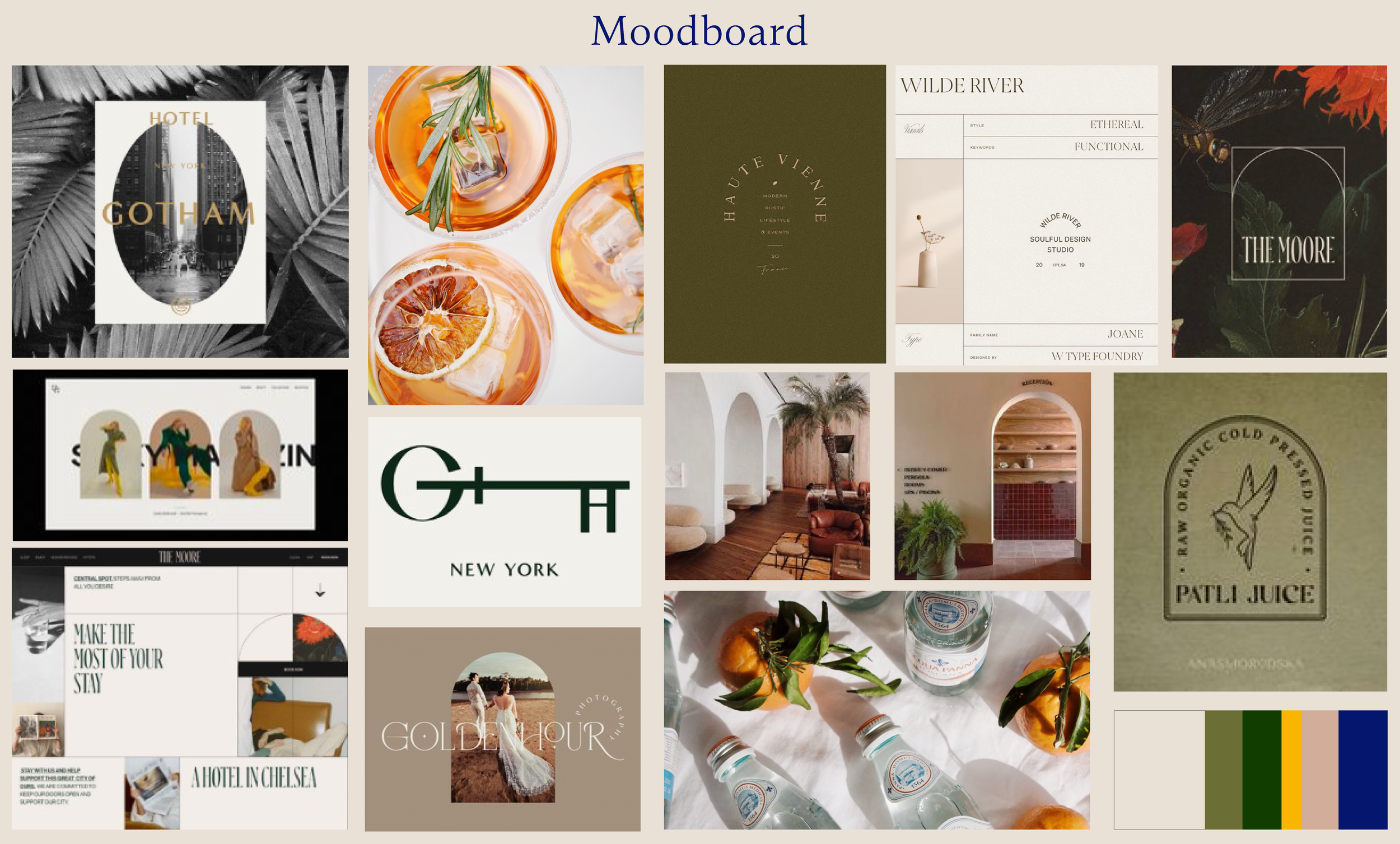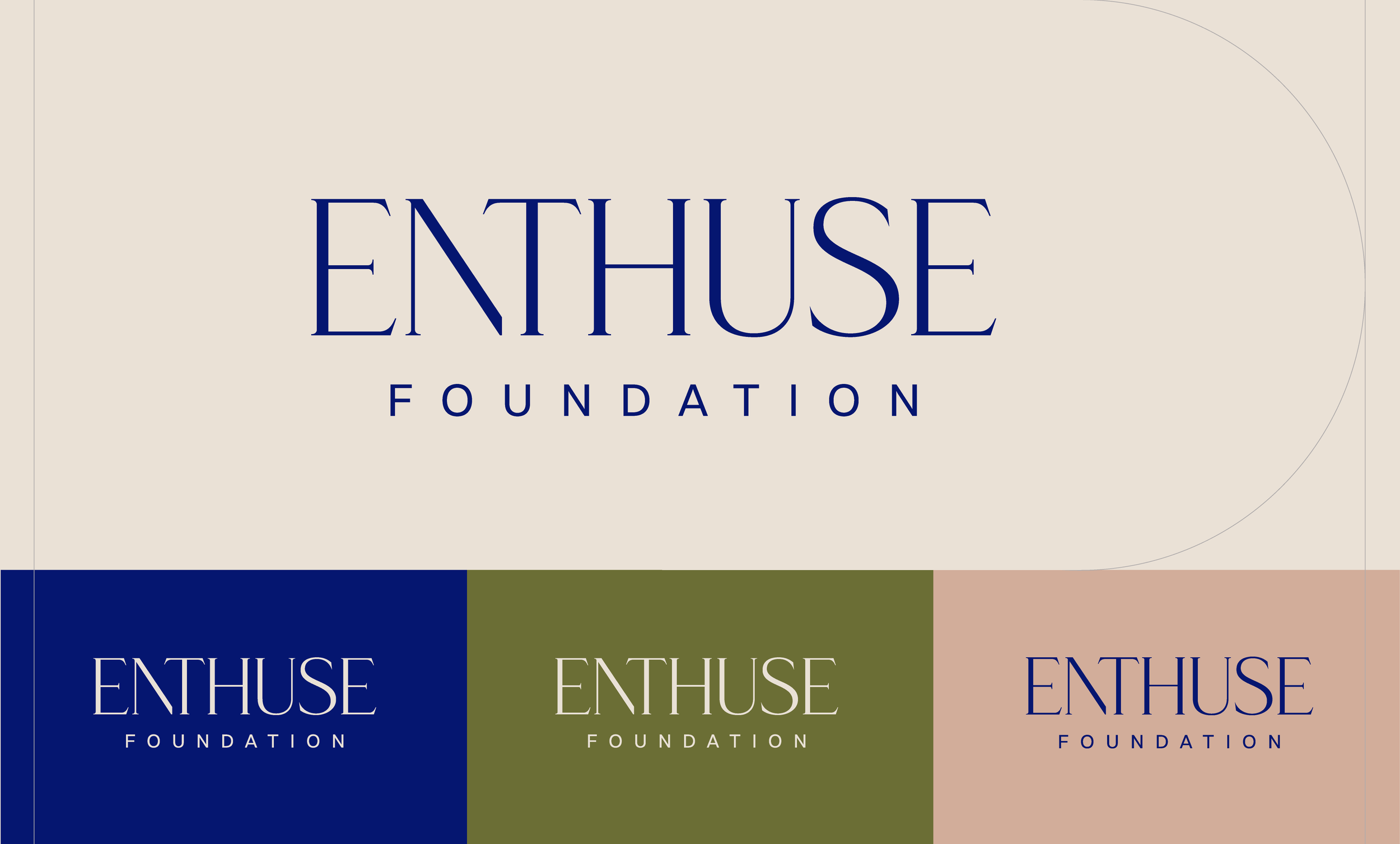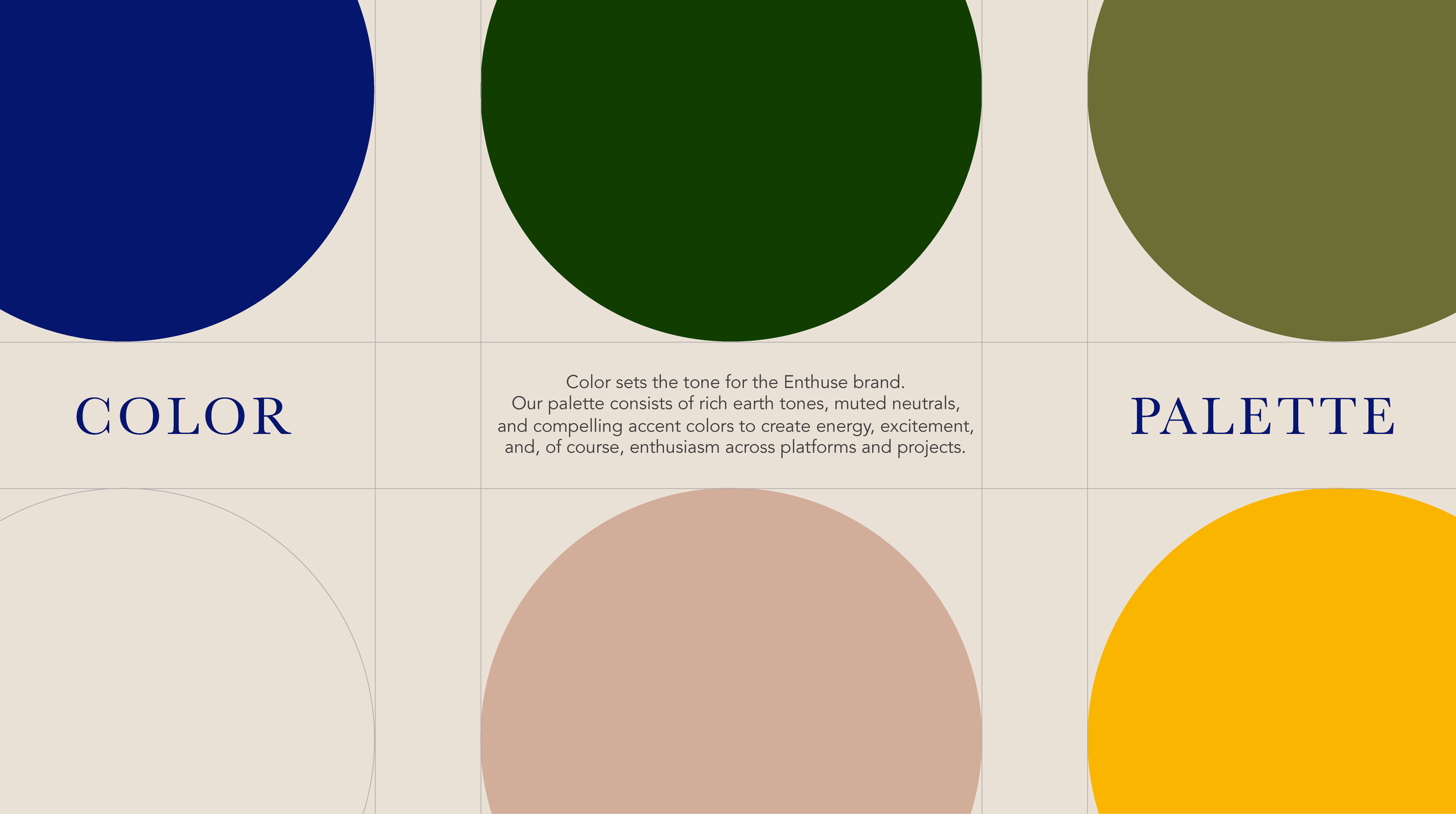"Let's Do a Makeover!" - Don't Be Clueless with Brand Refreshes
Do you ever feel like your life needs a shakeup? Whether it's a kitchen renovation or a fresh haircut, sometimes a makeover can jumpstart a vibe shift.
The same principle can apply to your brand. Are things feeling a little stale? Bored with of your web presence or even your business card? It might be time for a rebrand. Rebranding creates a new look and feel for an established product or company. In 2022, the Enthuse Foundation was ripe for a fresh look, so we brought in Senior Creative Director Diana Panek and Associate Creative Director Allie Musial from Enthuse Marketing. Together, they spearheaded an overhaul of the Enthuse Foundation brand.
They’ve joined us today to chat about their process and give some tips for brands that might want to embark on a rebrand of their own. Click here for the full interview, which has been lightly edited for length and clarity.
Enthuse Foundation: Thank you, Diana and Allie, for being here. Before we discuss the specifics of the Enthuse Foundation brand refresh, let’s talk more broadly. Once a company decides it's time for a new look, what should the next steps be?
Allie Musial (AM): I recommend conducting a brand assessment and identifying what's no longer working. There are different types of "makeovers" your brand can undergo. A refresh which could be new typography, colors, a stronger logo. This is ideal for an outdated or amateurish look you want to update. Repositioning is for when you realize your messaging may not connect with the right customers or explain the business correctly. Then there's a full rebrand which is for when nothing is working and you need to consider a complete overhaul of the brand to include the name, image, and messaging. It's crucial to map out where you want the company to go. A new look can tell customers what they expect from you moving forward.
Diana Panek (DP): I want to acknowledge that rebranding is a big decision. It's going to impact all parts of your business, your brand. There’s no rule of thumb for when to do it— it’s really about those individual factors. A new look is an opportunity to let your consumer know what your business stands for. The core questions are: what is the need? Why am I looking at this? Is it a big enough issue to invest in a rebrand? Because as I said, there are many layers, parts, and pieces to a rebrand.
EF: Are there any steps a founder can conduct on their own before bringing in creative professionals?
AM: Check out your competitors and see what they are doing. Inspiration is everywhere. Pinterest is a great resource you can use on your own to say, “hey, I love X, Y, Z color palette,” then you can work with designers to figure out what works best for your brand. With the designer, determine your brand identity, which will be things like your logos, your icons, your website, how you show up on social media, your packaging, even something as small as your business cards and email design—those are the things you leave behind when you meet with people.
EF: That's an excellent point, Allie. From our experience rebranding the Foundation, I would advise any brands undergoing a refresh to make a list of all the assets that need updating (letterhead, website, sales sheet) before getting started.
DP: It's essential to think about those things because their application is not apples to apples. You must ensure that your design thinking, logos, and colors work across multiple media— does it hold up? Can people read it? Is the color working on one thing versus another? It's really thinking about it as a system across all touchpoints and asking yourself if it works well in all those places.
EF: We recently went through a rebrand. Tell us a little about the behind-the-scenes process. What are you hoping to achieve with the new identity?
DP: We set out to refresh the Enthuse Foundation look to be more reflective of who we are and to ensure that we were delivering on the core of why we started the non-profit. First, we wanted to show that visually, so we identified the emotions we wanted to convey aesthetically. We settled on inclusive, welcoming, approachable, relaxed, warm yet bright, expansive, and engaged.





From there, we pulled inspiration, found imagery, and created mood boards that reflected those attributes. We then went off and developed several design directions to see which resonated with the team. Our final vision landed on an aesthetic that builds principles on the idea of hospitality architecture: inviting but assertive, structured but delicate.
The fonts are a mix of approachable and modern. Colors are a blend of warmth and feminine, yet vibrant and enthusiastic. Design elements are adaptable and unique, and photography is light, airy, delicate, and clean.
AM: We did things with intention and created a style guide to develop an emotive design language. We want to make a lasting impression and stand out. Finding ways to communicate our value proposition is so important. Authenticity, now more than ever, is helping brands connect to consumers.
EF: For those that might know, what are brand guidelines and style guides?
DP: Brand guidelines not only give you an overview of your vision, but it's also your creative bible to hand off to somebody else, a different agency or graphic designer to brought in to help. This ensures consistency over and over. As you invest in this process, people reference the guidelines to uphold the brand across time and platforms. There's creative license and liberties people like to take, of course, but if they stray too far from the guide, you lose that holistic vision you've built. Editor’s Note: Check out Branding Style Guides for examples.
EF: Thank you so much, Diana and Allie, for your time. Before you go, what’s your best advice for other companies considering a brand refresh?
DP: Glad you asked. Here are our top tips for brands embarking on a refresh, reposition, or rebrand.
Diana and Allie's Top Ten Pieces of Advice for Successful Rebrands:
Understand your brand's mission, values, and unique positioning.
Consider your audience and what will resonate with them.
Contemplate your company's personality. If it were a person, what would its attributes and characteristics be? How would it speak?
Communicate clearly. Who you are? What do you value?
Be visually appealing. Keep it simple, clean, and uncluttered.
Stay classic and timeless. Avoid skewing too trendy.
Either play along with the industry/competition or..
…veer with intention.
Use design building blocks to develop an emotive visual language for your brand.
Make a lasting impression.
The concept of "branding" has evolved with social media and now the metaverse. Brand identities need to be dynamic and able to resonate across a variety of platforms. In our blog post, "Use These Overlooked Elements of Brand Identity to Build Deeper Connections with Your Customers," we emphasized the need for companies to create something that feels more interactive and layered, like a person. Branding is more than a logo, color palette, or font: it’s an intangible business asset and a succession of critical emotional connections. We are so proud to officially introduce the new Enthuse Foundation persona!

